
 |
3. Profiles
|

|
P.C.
Edwards

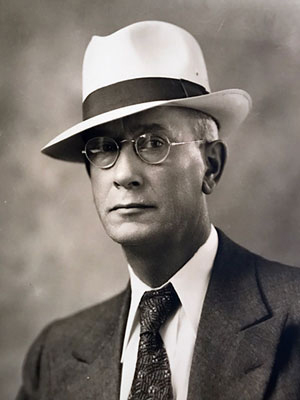
Edwards,
Percy Charles (Killarney 1904 – 1952) (Also
served Boissevain, Manitou and Pilot Mound)
P.C.
Edwards was born into a large family in Kentish Town, London, Eng. He
started in photography at an early age in a large studio in London.
There he became an accomplished photographer and technician and
remembered working on many portraits of Queen Victoria, other Royalty
and heroes of the Boer War.
In 1903
he came to Canada, intending to settle on a homestead in Saskatchewan,
but decided to get off the train in Boissevain. He worked on a farm and
in a tinsmith shop that winter and came to Killarney in 1904 to open a
studio with a Mr. Scott. Scott left for the US in 1910 and PC operated
the studio until his death.
The
studio was first located upstairs on the east side of Broadway about
where No. 523 is now. In 1917 a fire destroyed several businesses in
that part of the block and he lost everything as well as all of the
negatives of the early days of Killarney. Many prints of these
negatives are around today, especially in the JAV David Museum. The
building was rebuilt by P.J. Sherlock and the studio reopened on the
ground floor
In 1921
he married Florrie McCormick (Hellis) and lived at 538 Clark Ave.
Edith, Florrie's daughter from a previous marriage, lived with them and
their son, John, born 1923.
P.C.
saw many changes in photography, from the days of glass plates to roll
film. In early days he would load up a buggy and drive around the
country taking pictures of the threshing outfits so workers from the
east could send home pictures of the wild west. He operated studios in
Cartwright, Crystal City, Pilot Mound and Manitou for many years.

At
Killarney Lake
Edwards
was fond of outdoor photography, which offered special challenges.
An
Anecdote from “Trails & Crossroads”
The
first mixed train reached Killarney on January 3, 1886, according to
the records of the Canadian Pacific Railway. This was a great day for
the people of Killarney. New arrivals came in reasonable comfort by
train, and the day of the long trek to Brandon was ended. The first
regular passenger train arrived on March 28, 1886. It came three times
a week, and going down to see the train come in became a favorite
pastime. Often, however, the train was late. When W. J. Wood brought
his family from England, they had been delayed by icebergs, and his
daughter and her husband failed to meet them. They were standing
wondering what to do when P. C. Edwards, the photographer, spoke to
them and called Mr. Wood by name. He recognized him because he had
enlarged a photograph of him and was able to direct him to the home of
his daughter, Mrs. Thomas Howell.
A
photographer did not make much money during the thirties and many a
chicken or quarter of beef was traded for Christmas portraits. With the
war years, business picked up and most of Killarney's servicemen and
women had their portraits taken by P.C. before they went over-seas.
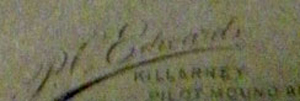
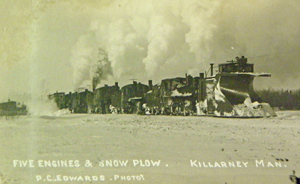
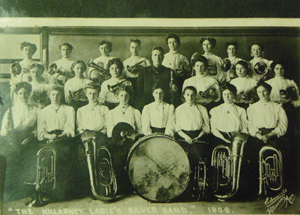
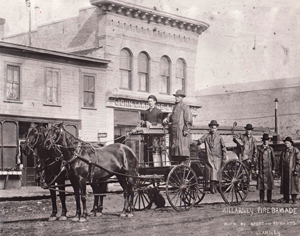
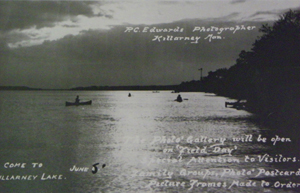
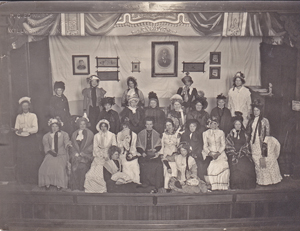
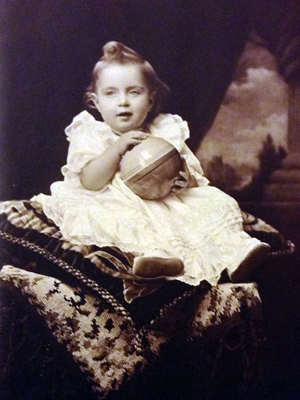
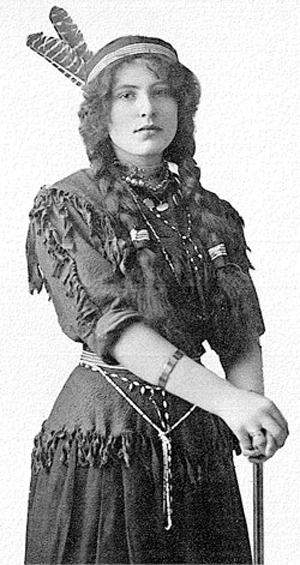
Ruby Stilwell worked for P.C. Edwards for a time - likely prior to her
marriage in 1916. She was active in drama productions and Mr. Edwards
took several photos of such productions over the years. She is seen
here about 1914.
Many of the existing prints of Mr.
Edward’s photos are not marked with his name, but he did have a way of
describing scenes using upper case lettering. That along with the fact
that he had offices in both Cartwright and Pilot Mound allows us to
present with some level of confidence that the following photos are his.
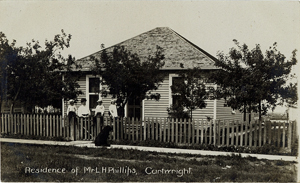

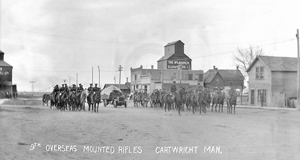
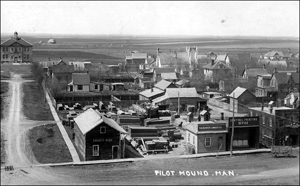
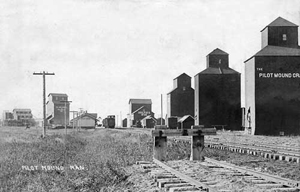
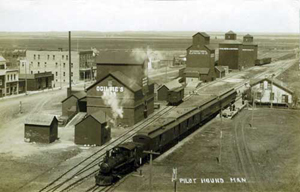
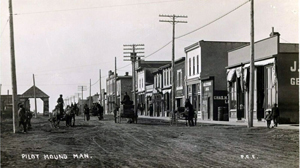
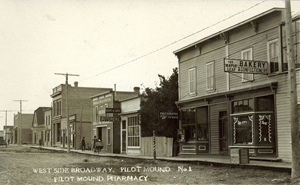
The same sort of evidence makes it
likely that this rare photo of the ghost town of Bannerman is an
Edwards photo.
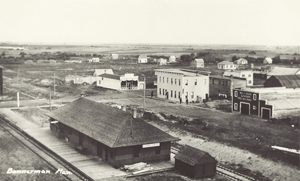
This photo, framed with the P.C.
Edwards logo, is one of dozens of photos of soldiers taken by Edwards,
although most of the copies that exist in the J.A.V. David Collection
are have no identification.
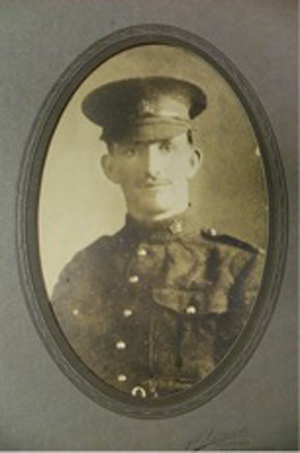
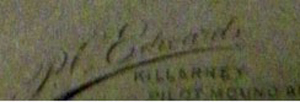

|